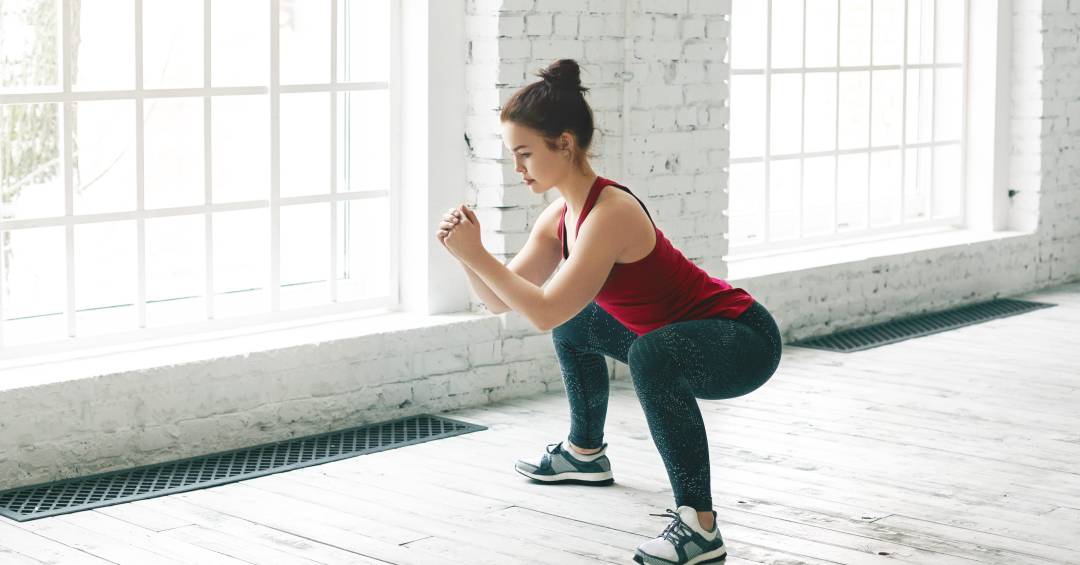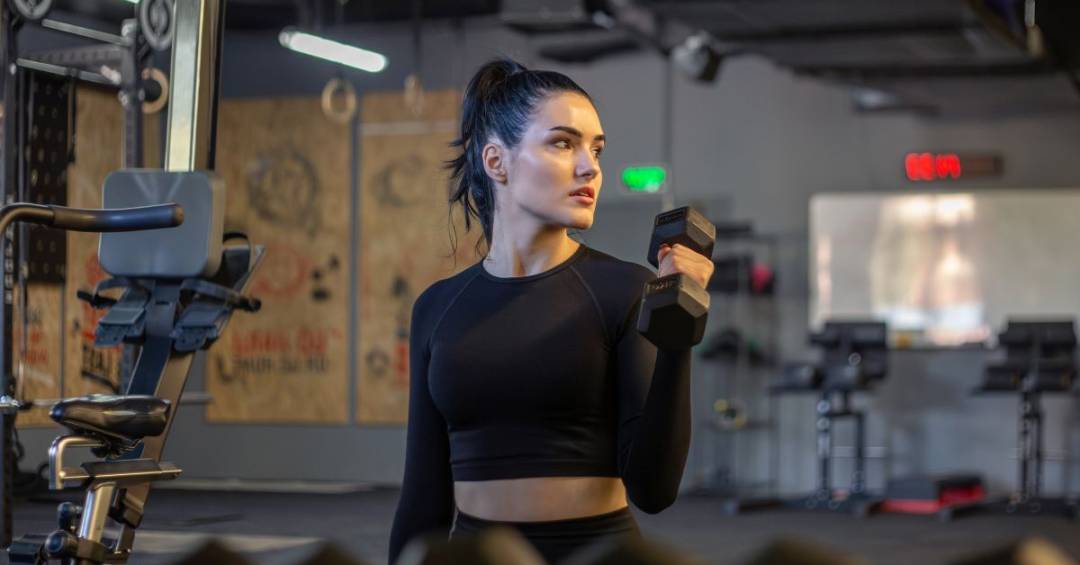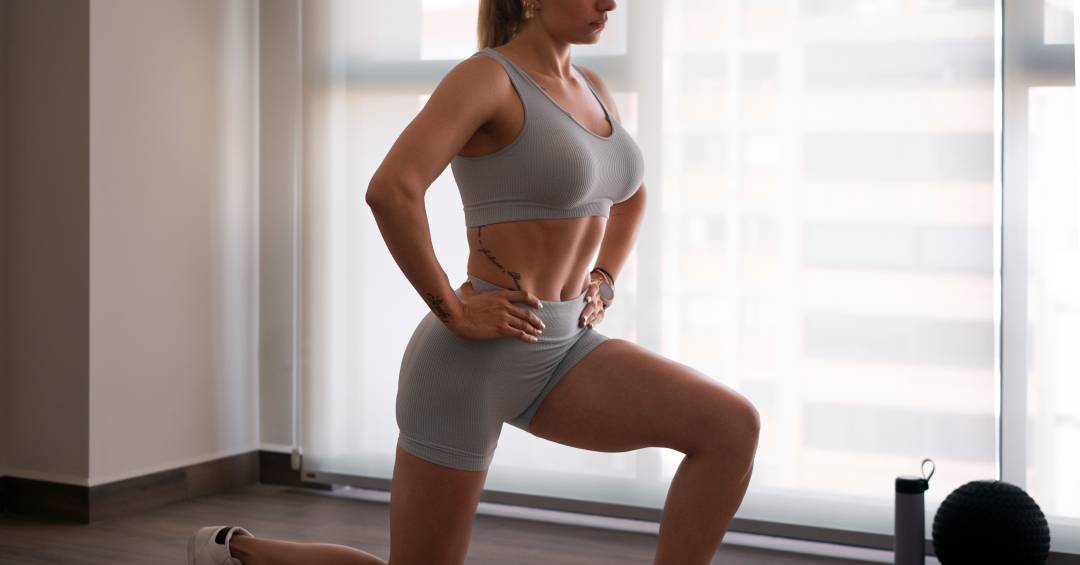

It is not uncommon to find people who go to the gym with the aim of finding exercises to lift your butt. The fact is that this region is a national preference and, without a doubt, the muscle most targeted by women who exercise. Taking care of the gluteal region, however, is not just a matter of aesthetics, but also functional.
Second Eduardo Nettotechnical director of Bodytech, it is important to carry out efficient training, with extreme safety to help establish correct muscle recruitment patterns, improve stability, sports performance, appearance of the region and help prevent injuries.
Importance of glute training
The gluteal muscles are divided into three parts: maximum (responsible for appearance and volume), medium and minimum (deeper muscles together with the tensor Fascia Latae – constitute the culottes).
As the professional explains, the gluteus maximus is one of the strongest and largest muscles in the body, in addition to being a hip extensor and lateral rotator. The medium and minimum are hip abductors and medial rotators.
“They all play an important role in stabilizing the pelvic and spinal column and have a role in gait, allowing you to maintain the necessary upright position and reduce the forces that compress the spine, such as those that occur when flexing the trunk during running”, points out Netto.
With a sedentary lifestyle and advancing age, the body undergoes changes. Among them are sarcopenia (loss of muscle mass), hypotrophy (loss of strength) and reduced muscle recruitment, causing the glutes to not be activated enough, which can be represented as memory loss, thus not allowing , that simple acts such as sitting, standing up, going up and down stairs are performed perfectly.
Therefore, to achieve goals of strengthening and hypertrophy of the gluteal muscles, there are some strategies that can and should include performing counter-resistance exercises, weight training and specific series carried out in localized gym classes.
“It is worth highlighting that every prescription must be carried out individually and respect the characteristics of the client and their objective”, recalls Netto.
Another important point that deserves to be highlighted in the gym is that it is very common to find clients performing aerobic activities, such as: stairs, indoor cycling and in some simulators with inclinations (elliptical) with the justification that in addition to working the cardiovascular part, they intensify the muscular response of the muscles of the body. gluteal region.
“This is a myth – unfortunately this type of strategy should be avoided. This type of activity with a completely cardiovascular focus favors the reduction of body fat levels, highlighting the muscles even more, including the glutes”, warns Netto.
Training to lift your butt
There are countless ways and means to do a workout to lift your butt, varying the exercises for the glutes with the help of accessories: elastic band, dumbbells, bars with plates, bosu and medicine ball. And it can be an excellent option to intensify and assist in the progression of training. Especially when we don't have the overload options of bodybuilding.
The exercises should be divided into two groups: the first consists of squats, hip extension on four supports or high bench – main focus on the gluteus maximus. The second group has abduction exercises performed standing up and in lateral decubitus and works the gluteus medius and minimus.
Group 1 – Gluteus maximus
1
Deep squat
2
Climb onto the bench or cash register
3
Hip extension with knee extended, on high bench
4
Back pass on Smith – starting from the step
5
Unilateral lunge with dumbbells in hands (quick return)
Group 2 – Gluteus medius and minimus
6
Hip abduction on the pulley with knees extended
7
Horizontal hip abduction in the abductor chair
8
Hip abduction with knee flexed at 90º – starting from the floor
Finally, Netto warns that squat exercises should only be prescribed for people who do not have knee deviation (valgus or varus) or chondropathy (inflammation and wear on the cartilage of the knee joint between the patella and femur). This training explores the movement of hip extension. In all exercises starting from the hip flexion position, it is important to have your muscles stretched and always be monitored by a trained professional.

